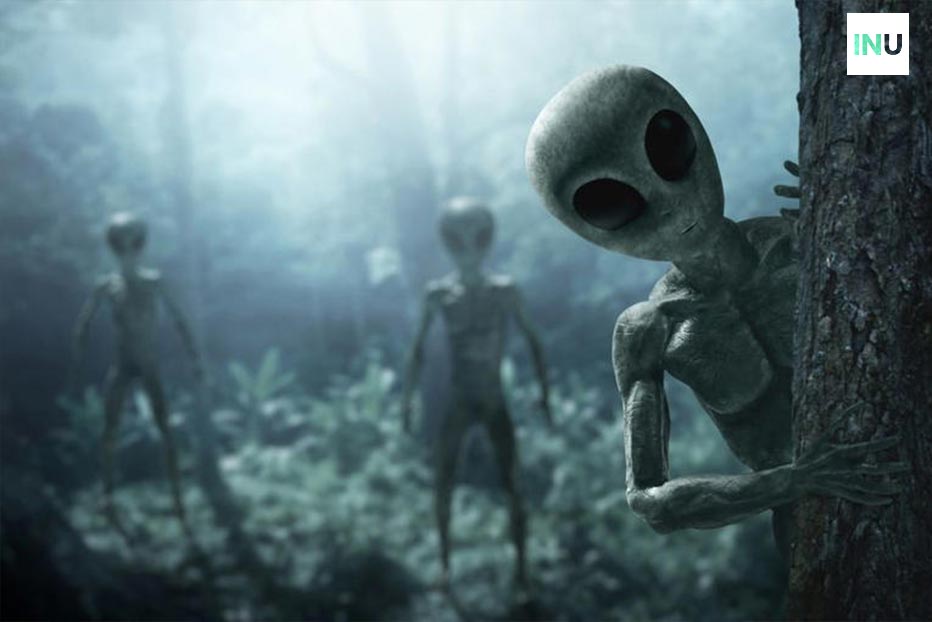Introduction
In a significant breakthrough, scientists have unveiled a groundbreaking test in the relentless pursuit of uncovering extraterrestrial life. This revolutionary development brings us one step closer to achieving the “holy grail” of astrobiology: a dependable test that can definitively ascertain the presence or past existence of life on celestial bodies beyond our own planet.
The Power of Artificial Intelligence
Utilizing the power of artificial intelligence, this pioneering discovery can determine, with an impressive 90% accuracy rate, whether a given sample is of biological origin or not. Notably, this innovative test can be applied to existing samples, raising the exciting possibility that we may already possess the crucial clues to decipher whether life has ever existed on Mars.
Potential Application on Mars Samples
Researchers are optimistic about the potential application of this test on samples collected by the Mars Curiosity rover’s Sample Analysis at Mars (SAM) instrument. The data acquired by the rover’s instrument could prove invaluable in the implementation of this groundbreaking technology.
Unveiling Earth’s Mysteries
Beyond its extraterrestrial applications, this scientific breakthrough holds the potential to unravel mysteries right here on Earth. It could shed light on the enigmatic history of ancient rocks discovered on our planet, offering insights into their origin and composition.
A Promising Frontier in Modern Science
Jim Cleaves, the lead author from the Earth and Planets Laboratory at the Carnegie Institution for Science in Washington, DC, underscored the significance of this research, stating, “Extraterrestrial life research is still one of science’s most intriguing projects.” He emphasized three key takeaways: the capacity to identify extraterrestrial biospheres from our own, the ability to evaluate the viability of Mars and ancient Earth samples, and the basic biochemical differences between life and non-life all having significant implications for future astrobiology missions.
A Unique Analytical Approach
Diverging from previous methods that targeted specific molecules or compounds indicative of life, this novel technique examines subtle disparities in molecular patterns within samples using various forms of analysis. Its foundation rests on an artificial intelligence system trained on data from 134 known samples, both biotic and abiotic. When subjected to new samples, including those from living organisms, remnants of ancient life, and inanimate materials such as pure chemicals, the system demonstrated an impressive 90% accuracy in identifying their nature.
Beyond Life vs. Non-Life
This innovative system goes a step further by categorizing biotic samples into “living” and “fossil” classifications. Consequently, it can distinguish between freshly harvested organic matter and ancient remnants, providing a deeper understanding of the sample’s history.
Robust in the Face of Degradation
One of the most notable advantages of this method is its resilience. Even when samples have undergone substantial decay and transformation, the system’s accuracy remains intact—a challenge that had previously hindered research in this field.
A Revolutionary Tool for Space Exploration
Robert Hazen, a key figure in the research from the Carnegie Institution for Science, asserted, “This routine analytical method has the potential to revolutionize the search for extraterrestrial life and deepen our understanding of both the origin and chemistry of the earliest life on Earth.” Moreover, it opens doors to the deployment of intelligent sensors on robotic spacecraft, landers, and rovers to detect signs of life before returning samples to Earth.
Unlocking Earth’s Secrets
The implications of this discovery are not confined to the realm of outer space. It also promises to address longstanding debates surrounding ancient Earth rocks. These rocks, located in various parts of the world, have been at the centre of a contentious dispute regarding the presence of the oldest fossilized microbes, and this new technology is now being applied to contribute fresh insights.
Conclusion
In the quest to discern life beyond our planet, this groundbreaking test marks a significant stride forward. Its potential to rewrite the narrative of astrobiology and unlock the secrets of ancient rocks on Earth positions it as a transformative force in the field of scientific exploration.









